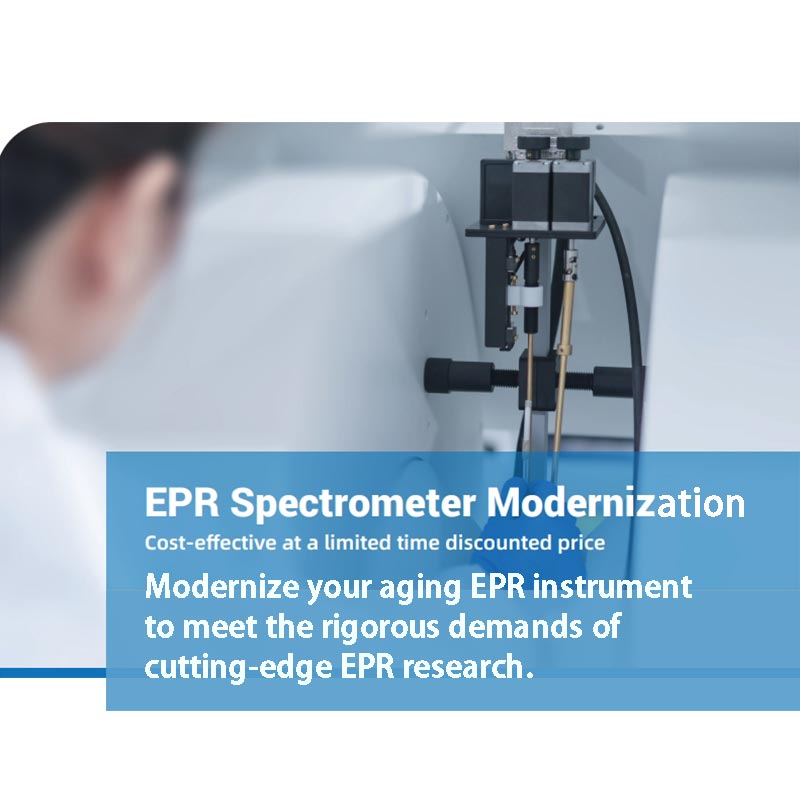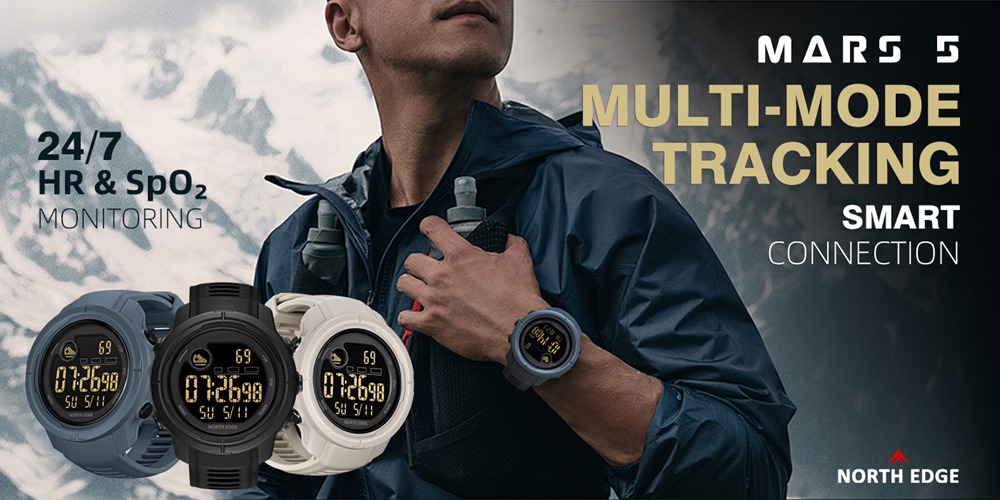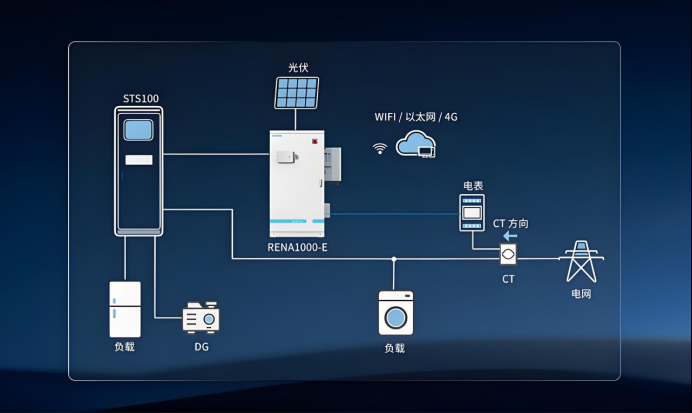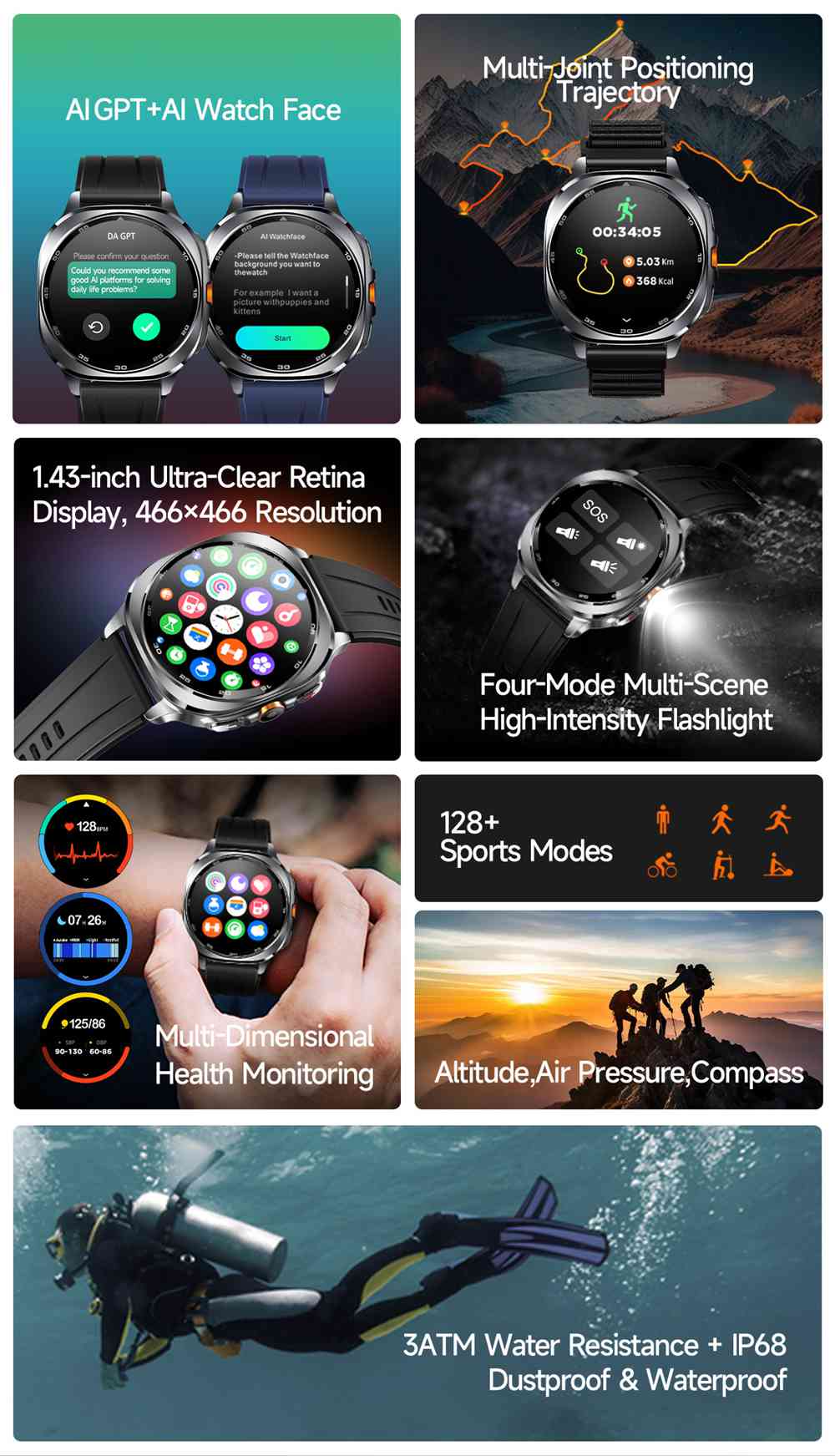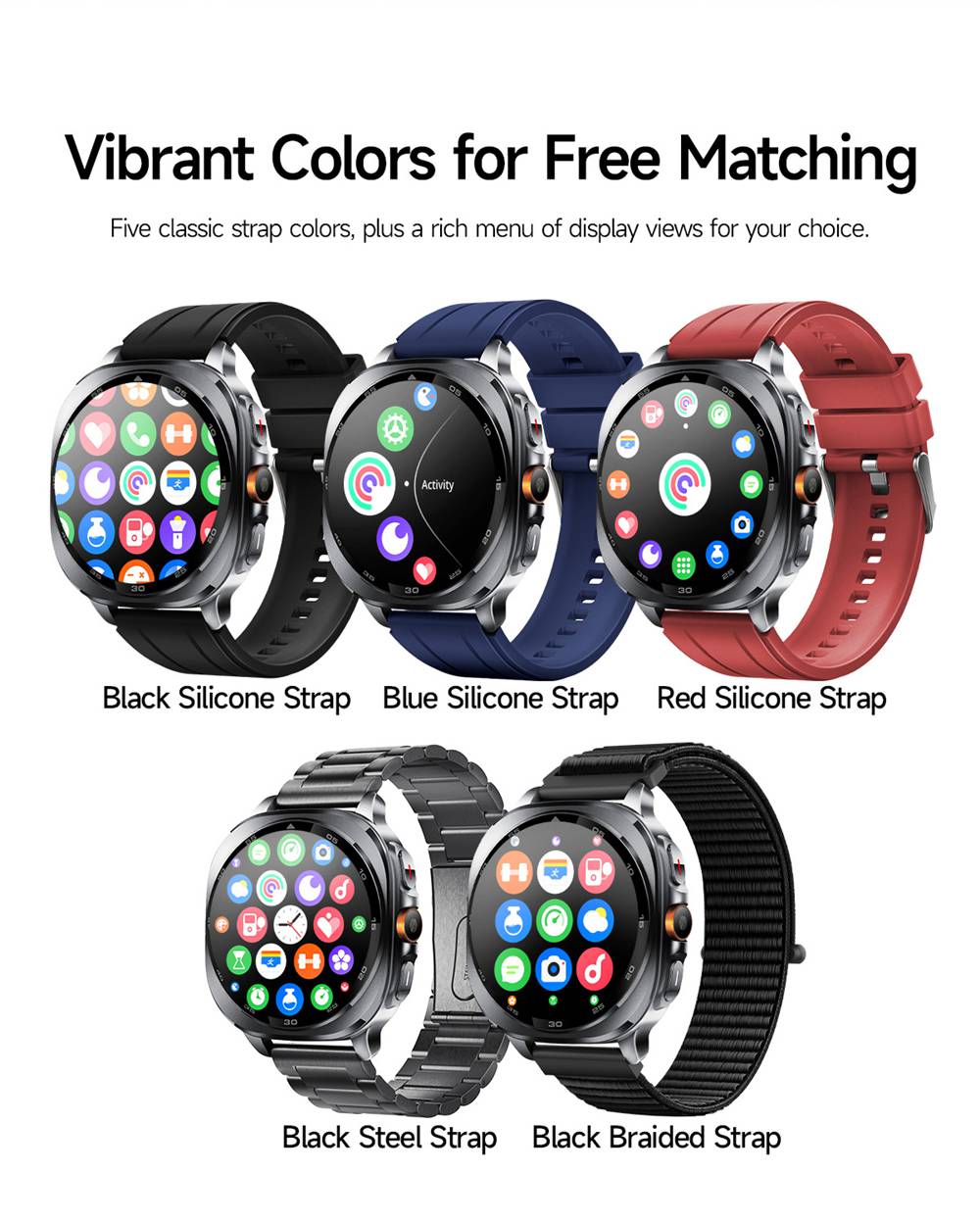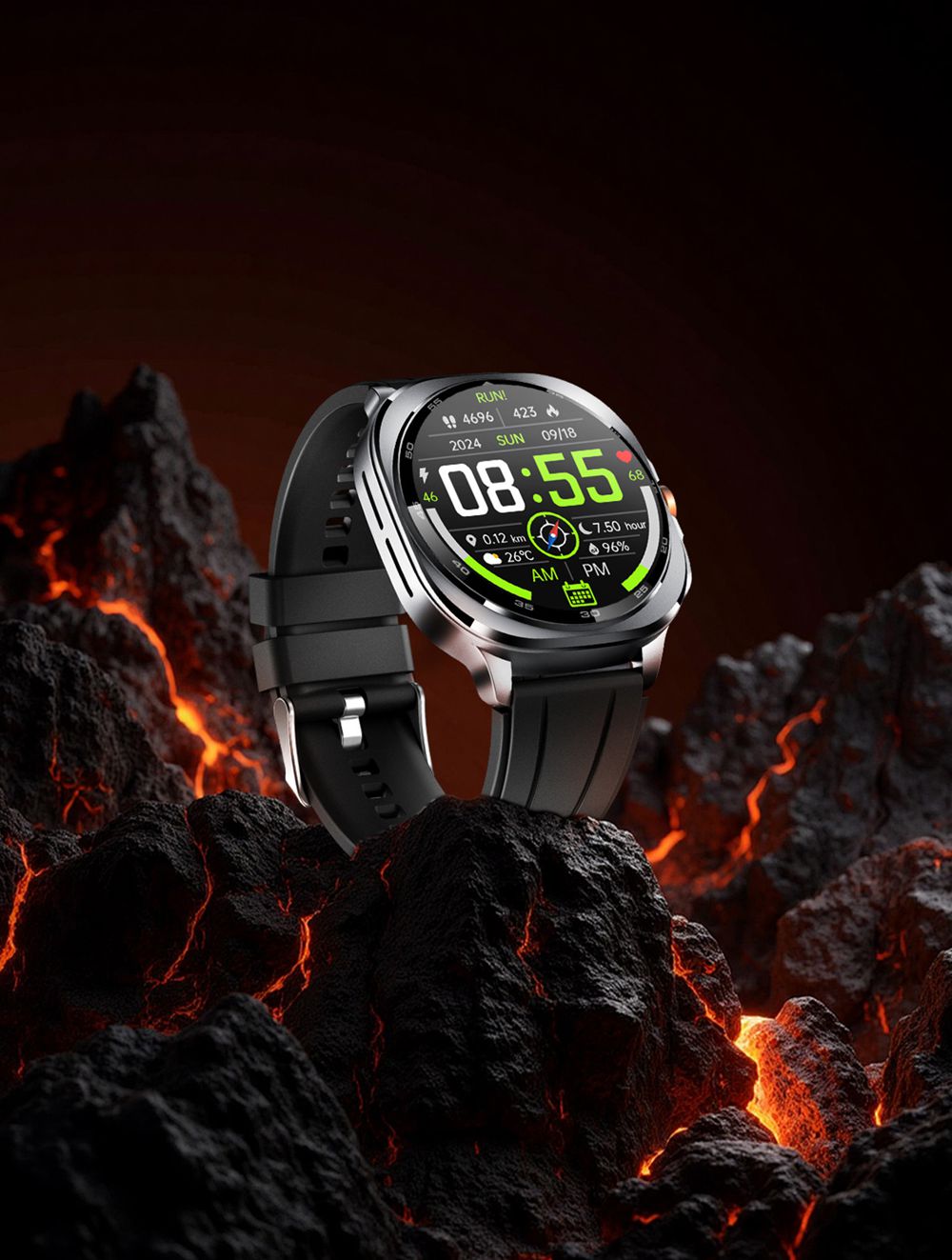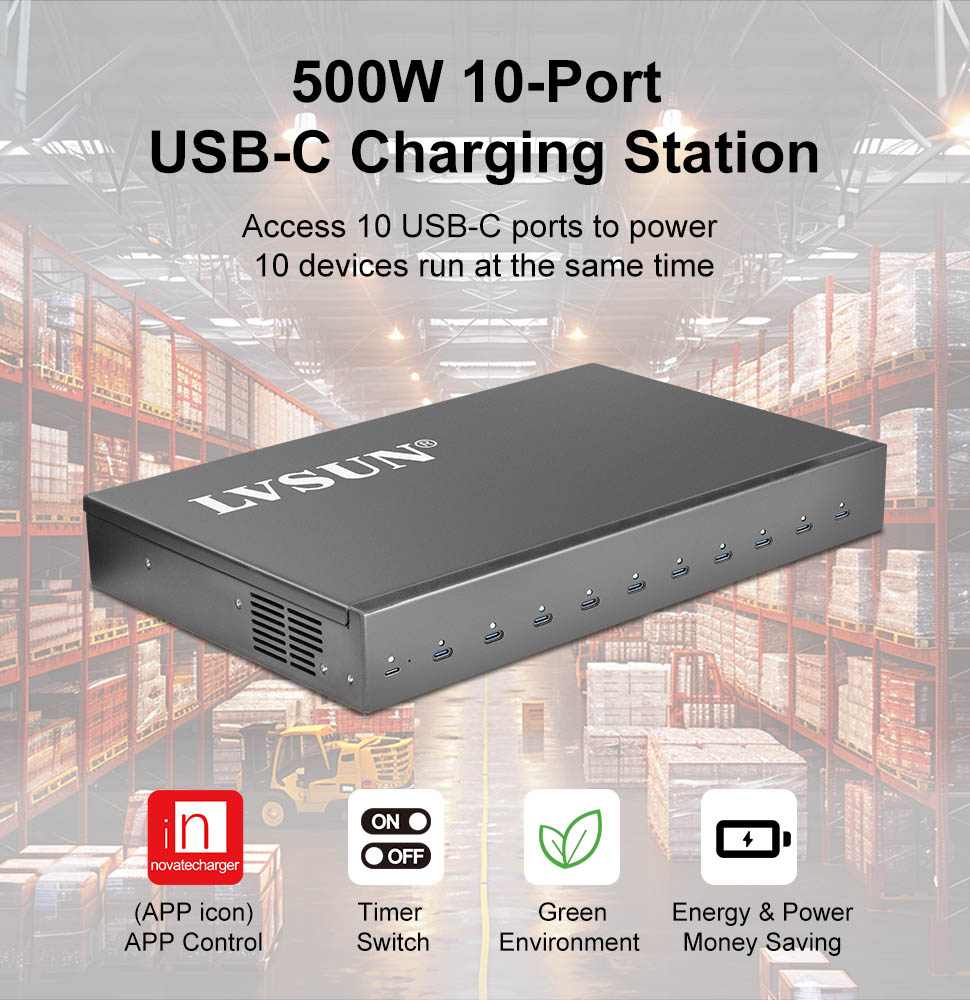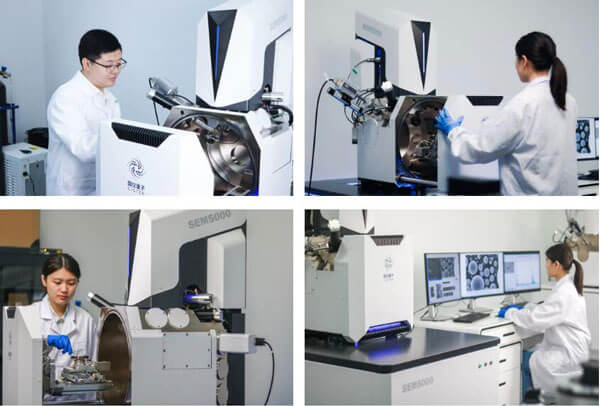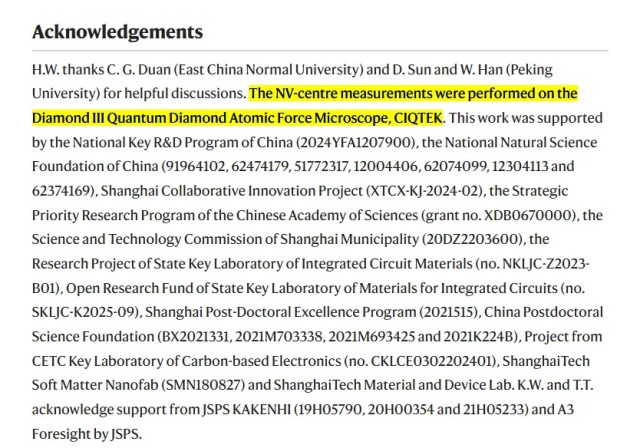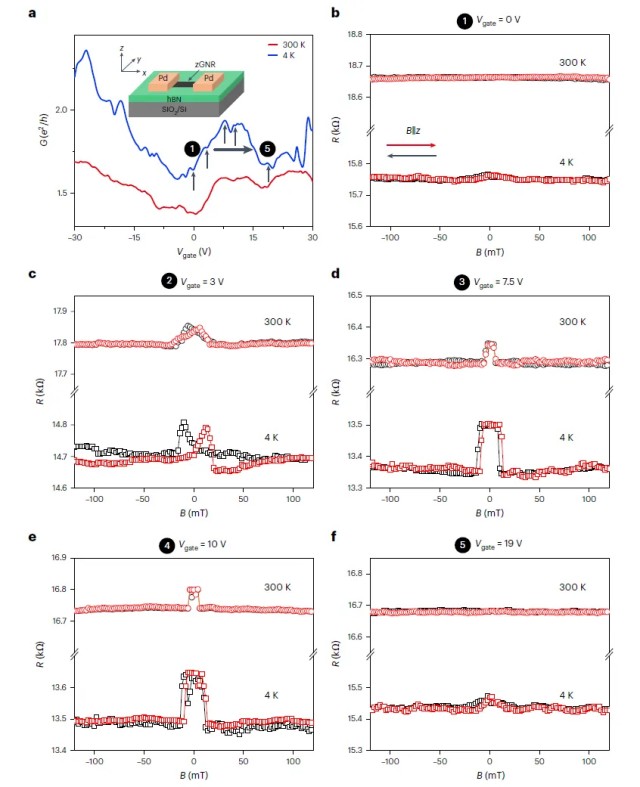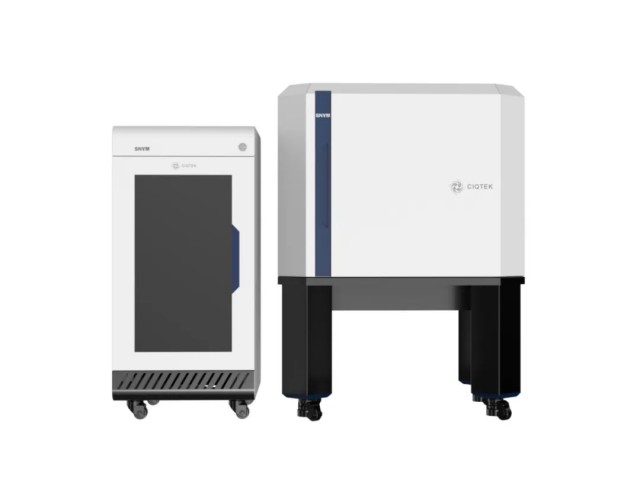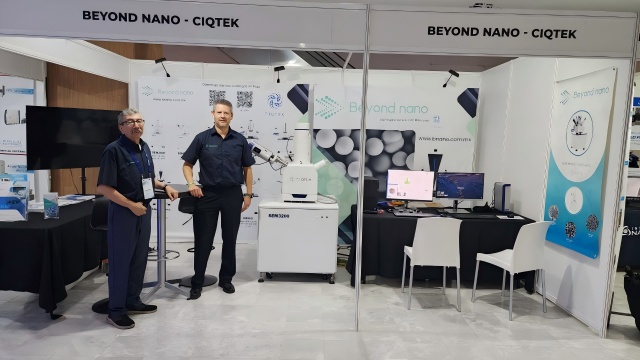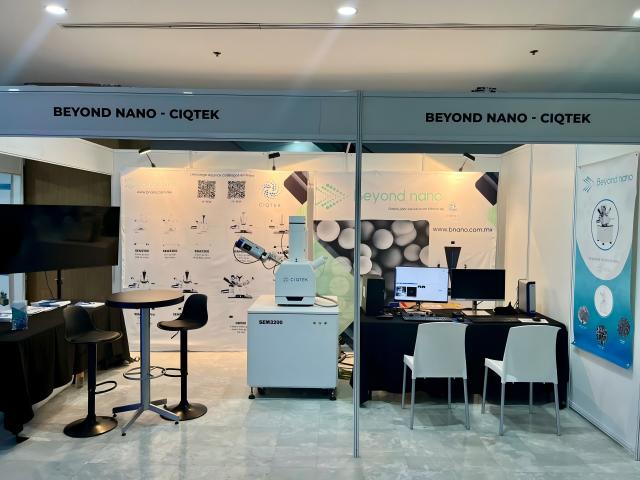EPR spectrometers are crucial tools for many research labs, but upgrading them can feel like a big financial burden. The good news is that modernizing your EPR system doesn’t have to drain your budget.
With CIQTEK EPR Spectrometer Modernization & Upgrade services, you can enhance your system’s performance while keeping costs low. Whether you're dealing with outdated temperature control, slow data processing, or low-resolution probes, there are ways to upgrade your system cost-effectively.
1. Identify the Core Issues Holding Your System Back
Before jumping into an upgrade, take some time to assess your system’s performance. What’s causing delays or poor data quality? Some of the most common pain points in older EPR systems include:
-
Inconsistent temperature control: If your VT system isn’t performing as expected, it can throw off your experiments.
-
Slow data processing: Outdated hardware or software can slow down your workflow, affecting the overall efficiency of your research.
-
Low-resolution probes: If your probes are outdated, you could be losing valuable data precision.
By pinpointing these weaknesses, you can prioritize upgrades that will bring the most immediate benefits to your research.
2. Modular Upgrades: The Key to Staying Within Budget
Instead of overhauling your entire system, modular upgrades allow you to focus on specific components that need improvement. This way, you’re not paying for an entire new system, just the parts that will truly make a difference. Here are some areas where you can make upgrades that will improve your system's performance:
-
VT System: If your current temperature control system is outdated or malfunctioning, upgrading it can make a world of difference. CIQTEK’s Liquid Nitrogen VT System is a cost-effective way to enhance your temperature control, offering more stability and precision for sensitive experiments. Plus, it’s compatible with many legacy EPR systems, so you don’t need to replace your entire setup.
-
Data Acquisition System: An old data acquisition system can be a major bottleneck. Upgrading to newer hardware and software can significantly speed up your data processing, helping you get results faster and more efficiently.
-
Probes and Sensors: If your probes aren’t cutting it, upgrading to higher-resolution models will improve the quality and sensitivity of your measurements. These upgrades are relatively low-cost but can provide a noticeable improvement in your results.
By focusing on the key areas that need attention, you can give your system a major performance boost without spending a fortune.
3. Maximize Compatibility: Keep What Works
One of the most cost-effective ways to upgrade is to retain the core components of your system, like the magnet and electronics, and only replace the parts that are no longer functioning well. Many modern upgrades are designed to work seamlessly with older systems, allowing you to extend the life of your existing equipment while still achieving improved performance. For instance:
-
Software Upgrades: CIQTEK EPR control software can integrate with older hardware, giving you the latest features and improved data processing capabilities without replacing your entire system.
-
Hardware Compatibility: Whether it’s the VT system, probes, or other components, CIQTEK’s modular upgrades are designed to work with a wide range of legacy systems, so you don’t need to worry about replacing everything at once.
By focusing on compatible components, you can save money while still getting the performance boost you need.
4. Flexible Budgeting for EPR Upgrades
Upgrading your system doesn’t have to be a huge upfront expense. Here are a few strategies to help manage the cost:
-
Phased Upgrades: You don’t need to do everything at once. Start with the components that will give you the biggest improvement, such as upgrading the VT system or adding a new probe. Gradually upgrading one component at a time can help you spread out the costs.
-
Financing Options: Many suppliers, including CIQTEK, offer flexible financing plans that make it easier to budget for upgrades over time. This can help you get the upgrades you need without straining your research funds.
-
Custom Solutions: Every lab has different needs and priorities, and CIQTEK offers tailored solutions that fit both your system’s requirements and your budget. Whether you’re upgrading a few components or making more substantial changes, we can help you build a cost-effective upgrade plan that suits your needs.
Upgrading your EPR system doesn’t have to mean a huge investment. By taking a targeted, modular approach and focusing on the areas that will most improve your system’s performance, you can modernize your setup while staying within budget. With CIQTEK EPR Spectrometer Modernization & Upgrade solutions, you can enhance your system’s capabilities without the financial strain of a full overhaul.
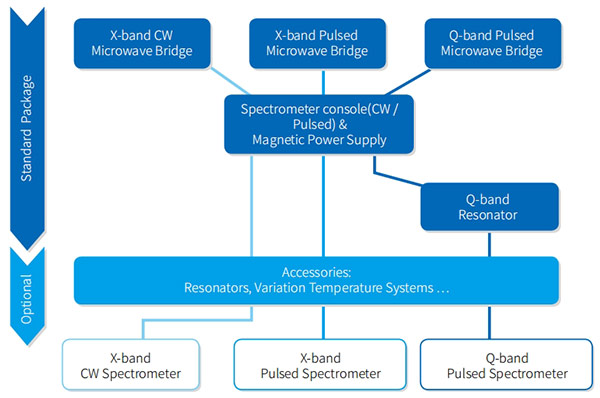
If you’re ready to explore how we can help you modernize your EPR system affordably, reach out to us for a consultation. Let’s find the right upgrade path for your lab’s needs and budget.

